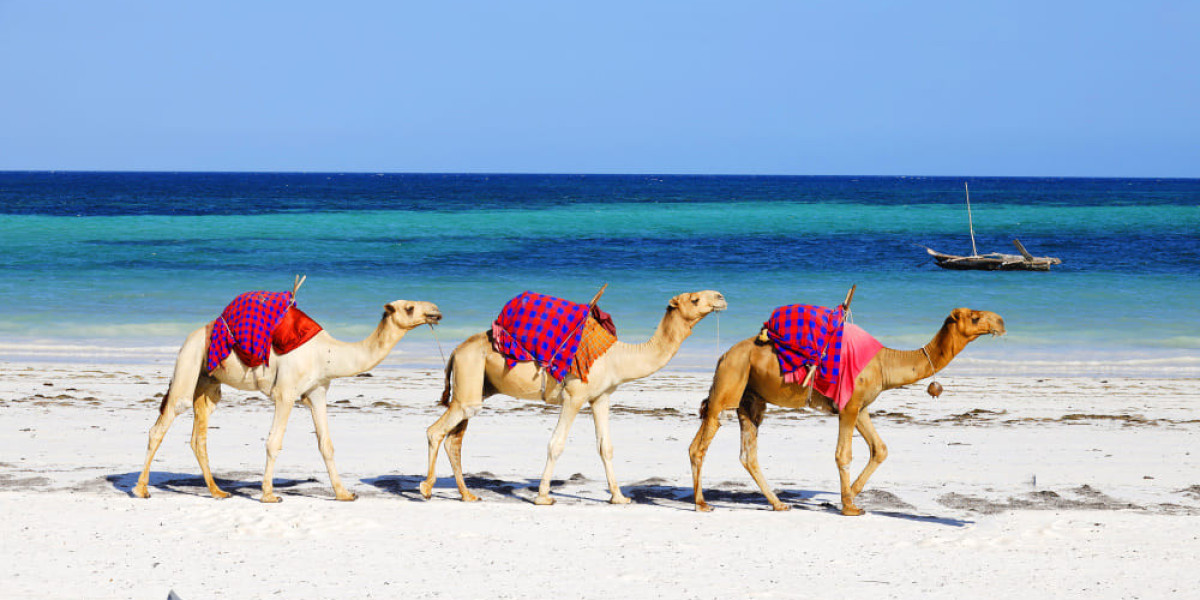High in the rugged wilderness of Egypt’s Sinai Peninsula lies one of the most moving travel experiences in the world — the Mount Sinai sunrise trek. This remarkable journey takes you to the very place where, according to tradition, Moses received the Ten Commandments. Yet beyond its biblical roots, the trek is also a breathtaking encounter with nature, silence, and the golden light that transforms the desert at dawn.
Whether you are a spiritual traveler, a history lover, or simply an adventurer seeking extraordinary landscapes, climbing Mount Sinai at sunrise is an unforgettable experience. This guide explores the meaning, routes, practical tips, and highlights that make the Mount Sinai sunrise trek a must for every traveler in Sharm El Sheikh or South Sinai.
The Sacred Legacy of Mount Sinai
Mount Sinai, known locally as Jebel Musa, rises majestically to 2,285 meters above sea level. It is revered by followers of Judaism, Christianity, and Islam as the site where Moses received the Ten Commandments — a moment that forever shaped the world’s moral and spiritual history.
For centuries, pilgrims and wanderers have climbed this sacred mountain, drawn by faith, reflection, or curiosity. The atmosphere here is quiet and humbling — the desert wind carrying whispers of ancient prayers and stories carved into the stone of time.
At the mountain’s base stands St. Catherine’s Monastery, one of the oldest continuously operating Christian monasteries on Earth. Built in the 6th century, it remains a center of pilgrimage and interfaith harmony, symbolizing peace between communities who share this holy ground.
Beginning the Journey: What to Expect on the Mount Sinai Sunrise Trek
Starting Point and Timing
Most visitors start their journey from Sharm El Sheikh or Dahab, traveling through the night by road to reach Mount Sinai before the early hours. The drive takes about 2.5 to 3 hours, bringing you to the small town of St. Catherine around midnight.
From there, trekkers begin the climb at around 2:00 a.m. under a blanket of stars. The goal is to reach the summit before sunrise — a journey that takes about 2 to 3 hours depending on fitness level and pace.
The Routes: Two Paths to the Summit
There are two main routes to climb Mount Sinai, each offering a different experience:
1. The Camel Path (Siket Sayidna Musa):
The most popular and accessible trail, this path winds gently up the mountain and can be done on foot or by camel for most of the way. The terrain is wide and gradual, though rocky in some areas. The final section — around 750 stone steps — must be climbed on foot.
2. The Steps of Repentance:
This route consists of more than 3,000 steep stone steps built by monks centuries ago. It is shorter but significantly more strenuous. It’s ideal for hikers seeking a challenge or those looking for a more direct ascent.
The Magic of the Sunrise
After hours of quiet climbing in the cool desert night, trekkers reach the summit just as the first light touches the horizon. The transformation is astonishing — the dark mountain peaks slowly reveal themselves in hues of gold, orange, and pink.
The air feels pure and still, the silence broken only by the soft murmurs of awe from fellow travelers. As the sun fully rises, the vast Sinai Desert stretches endlessly in every direction — a sight that stays with you forever.
Many visitors describe the moment as deeply spiritual, even if they aren’t religious. It’s a rare place where nature, faith, and time seem to stand still together.
Visiting St. Catherine’s Monastery
After descending, most treks include a visit to St. Catherine’s Monastery, located near the base of Mount Sinai. The monastery was built by Emperor Justinian in the 6th century and is home to a remarkable collection of ancient icons, manuscripts, and relics.
Highlights include:
The Chapel of the Burning Bush, believed to mark the spot where Moses first spoke to God.
The Monastery Library, one of the world’s oldest, containing priceless religious texts and codices.
Beautiful Byzantine art and architecture that have remained remarkably preserved.
Essential Tips for the Mount Sinai Sunrise Trek
1. Pack Light but Smart
Bring a backpack with essentials: water, snacks, flashlight, warm layers, and a hat or scarf. Evenings and early mornings at high altitude can be very cold, especially between November and March.
2. Wear Proper Footwear
The path can be uneven and rocky, so sturdy walking or hiking shoes are essential. Avoid open-toe footwear or sandals.
3. Acclimatize to the Altitude
If you’re not used to hiking, pace yourself and rest when needed. Altitude can make the air thinner, but taking your time ensures a more enjoyable climb.
4. Go with a Local Guide
Bedouin guides are essential for navigation and safety. They also share fascinating insights about the mountain’s history, geography, and traditions.
5. Respect the Environment and Local Customs
Mount Sinai is sacred to many. Avoid loud music, keep litter with you, and dress modestly out of respect for religious traditions.
When to Go
The best time for the Mount Sinai sunrise trek is from October to April, when temperatures are cooler. In summer, daytime heat can exceed 35°C, making the climb uncomfortable.
Winters can be cold, especially at night, so packing warm clothes is essential. The views are clearest in spring and autumn, when the desert skies are crisp and blue.
What Makes the Trek So Special
The Mount Sinai sunrise trek is not just about the climb — it’s about the journey within. The quiet ascent through the darkness, the companionship of fellow travelers, the sight of stars illuminating the desert, and the eventual burst of light across the horizon create a powerful emotional experience.
For many, it’s a moment of self-discovery and peace — a reminder of the beauty and resilience of both nature and the human spirit. Even long after leaving the mountain, the memory of that sunrise stays vivid, glowing in the heart like the desert sun itself.
FAQ About Mount Sinai Sunrise Trek
How fit do I need to be for the Mount Sinai trek?
You should have moderate fitness. The Camel Path is manageable for most travelers, while the Steps of Repentance require more stamina. Take regular breaks and carry water.
Can I ride a camel to the top?
Yes. Camels can take you most of the way via the Camel Path, stopping just before the final stone steps. From there, everyone must climb on foot.
Is it safe to climb Mount Sinai at night?
Yes. The trek is a popular, well-organized activity with local Bedouin guides ensuring safety. The South Sinai region around St. Catherine is considered safe for tourists.
What time does the sunrise occur?
Sunrise on Mount Sinai typically happens between 5:00 and 6:00 a.m., depending on the season. Guides plan departure times to ensure you reach the top in time.
Can I visit Mount Sinai without doing the sunrise trek?
Absolutely. Some visitors choose to visit St. Catherine’s Monastery and the mountain during daylight hours, though the sunrise trek remains the most popular experience.







